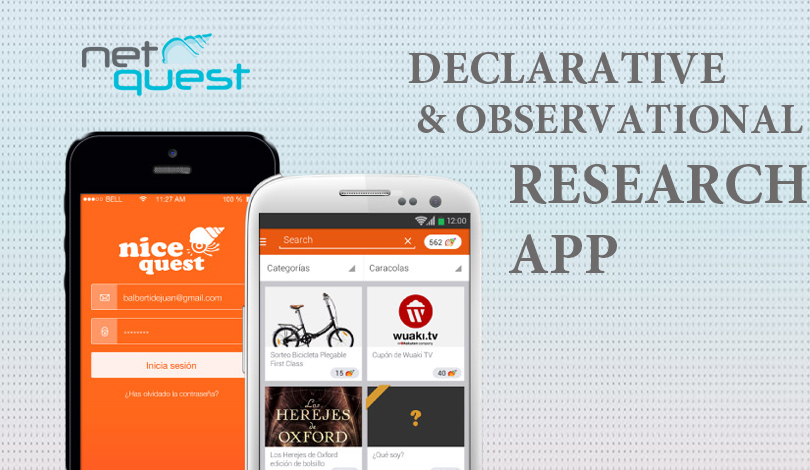- Three quarters of internet users globally still watch TV daily
- Almost half of TV viewers are ‘screen-stacking’ in the evening
- A quarter now watch online video daily on a digital devices
Adults around the world remain hooked on TV but the consumption habits of content-hungry viewers are changing rapidly, according to global research consultancy TNS. While our love affair with television endures, TV sets alone are no longer enough to satisfy our appetite for content, driving the growth of online media and ‘screen-stacking’ as a result.
In Connected Life, a study of over 55,000 internet users worldwide, TNS found that almost half of people (48%) who watch TV in the evening simultaneously engage in other digital activities, such as using social media, checking their emails or shopping online.
The survey found that we own approximately four digital devices each, rising to five among Australian, German and UK respondents. This, combined with demand for TV and video content on-the-go, is fuelling the rise of multi-screening or ‘screen-stacking’ – the use of multiple digital devices at the same time.
Our demand for live and on-the-go content has been amplified during the FIFA World Cup in recent weeks. Viewers worldwide are accessing this international sporting event via multiple devices at home and on the move, while also engaging in conversations on social media platforms.
The desire to access our favourite TV shows at all hours of the day is also driving online TV usage, which extends our access to them. One quarter (25%) of those surveyed worldwide watch content on a PC, laptop, tablet or mobile daily. This rises to one third (33%) in mainland China and Singapore and 32% in Hong Kong, where ‘phablets’ are increasingly popular.
In Hong Kong, more people actually choose to watch TV and video online rather than on traditional sets. After dinner, one quarter of people (26%) tune into content on their digital devices, in contrast to 14% who switch on their TVs.
Yet despite this surge in online consumption, traditional TV sets still play a huge part in our lives, with three quarters of respondents (75%) sitting in front of the box every day. TV dinners are also alive and well, with three out of four viewers (76%) giving TV their undivided attention while eating in the evening.
Many of the big global media companies are already taking advantage of growing online viewing trends, offering on-demand services such as BBC iPlayer, Hulu or HBO GO, which allow people to access premium content wherever they are through their phones or tablets.
Commenting on the findings, Matthew Froggatt, Chief Development Officer at TNS, said:
“In a world where multi-tasking is the norm, the context in which we watch TV is rapidly changing – it isn’t just on the sofa at home with no other digital distractions around us. Instead, the growth in screen-stacking and online TV viewing is huge, particularly in the Asian markets, driven by a growing demand for content among viewers.
“While there is no disputing that our love of traditional TV remains, advertisers must continue to adapt to our changing viewing habits. Online devices are offering more ways to access TV and video content, meaning that brands will need to adopt a more integrated online approach in order to engage consumers.
“However, many people around the world are still wedded to their TV sets, particularly when they are with their families and friends. Our ongoing love affair with TV has been supported by the rise in digital set-top boxes, catch-up TV and on-demand services such as Sky+ and Virgin TV Anywhere.”
About Connected Life
Connected Life is a leading global study of the digital attitudes and behaviours of 56,600 internet users across 50 countries, exploring how technology is transforming the lives of consumers across the world. It offers essential insight into the impact of the growing digital ecosystem on the media landscape.
Connected Life also uncovers new and exciting opportunities for marketers to connect with their consumers in this increasingly complex environment; it is a powerful tool that helps brands make better digital decisions.
The fieldwork was undertaken in all markets between March and June 2014.
For further information, visit http://www.tnsglobal.com/connectedlife
About TNS
TNS advises clients on specific growth strategies around new market entry, innovation, brand switching and customer and employee relationships, based on long-established expertise and market-leading solutions. With a presence in over 80 countries, TNS has more conversations with the world’s consumers than anyone else and understands individual human behaviours and attitudes across every cultural, economic and political region of the world.
TNS is part of Kantar, the data investment management division of WPP and one of the world’s largest insight, information and consultancy groups. Please visit www.tnsglobal.com for more information.
About Kantar
Kantar is the data investment management division of WPP and one of the world’s largest insight, information and consultancy groups. By connecting the diverse talents of its 12 specialist companies, the group aims to become the pre-eminent provider of compelling and inspirational insights for the global business community. Its 27,000 employees work across 100 countries and across the whole spectrum of research and consultancy disciplines, enabling the group to offer clients business insights at every point of the consumer cycle. The group’s services are employed by over half of the Fortune Top 500 companies. For further information, please visit us at www.kantar.com













